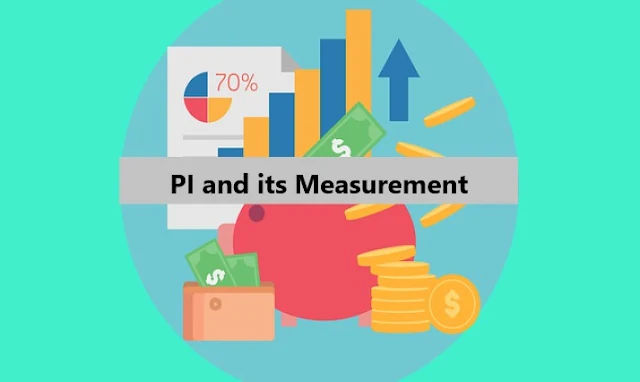Personal income (PI) is the amount of money a person gets from different sources, such as wages, salaries, rental income, and government transfers. PI is a significant indicator of a person’s financial health because it measures the amount of money they have available to spend on goods and services.
In this blog post, we’ll talk in-depth about personal income. We’ll look at its parts, how it’s calculated, and what it means for people and the economy.
What is Personal Income (PI)?
In economics, Personal Income (PI) refers to the total amount of money that individuals or households receive from all income sources over a specified period, typically one year. This includes wages, salaries, bonuses, commissions, rental income, interest and dividend income, and government transfers such as Social Security, Medicare, and unemployment benefits (Source).
Personal Income is a key economic indicator because it provides insight into the overall financial health of households and individuals and the economy as a whole. Variations in personal income can affect consumer spending patterns, which can affect economic growth and employment. In addition to tracking Personal Income, economists also monitor Disposable Personal Income (DPI), which is the amount of income left over after taxes and other deductions have been deducted.
DPI is a more accurate indicator of a person’s purchasing power and ability to consume goods and services. PI is an important concept in economics because it helps explain how income changes affect consumption patterns and economic growth.
Components of Personal Income
Personal income comprises several components, which can be divided into three main categories: earned income, unearned income, and government transfers.
Earned Income: Earned income is money an individual earns from employment or self-employment. This includes wages, salaries, tips, and bonuses. It also includes income earned from owning and operating a business or farm.
Unearned Income: Unearned income is money an individual receives from sources other than employment or self-employment. This includes interest and dividends from investments, rental income, and royalties.
Government Transfers: Government transfers are payments made to individuals by the government for various purposes, such as social security, unemployment benefits, and veterans’ benefits. These transfers are not considered earned income, as they are not received in exchange for work or services.
Calculation of Personal Income
Personal income is calculated by adding an individual’s earned, unearned, and government transfers. This total is then adjusted for taxes and other deductions to arrive at disposable personal income, the amount of income an individual has available to spend or save (Source).
Disposable personal income can be further divided into two categories: personal consumption expenditures and personal savings. A person’s money on goods and services is called personal consumption expenditures. Personal savings is the amount of money a person saves or invests for the future.
The formula for calculating Personal Income (PI) is as follows:
PI = Earned Income + Unearned Income + Government Transfers
Where:
- Earned Income includes wages, salaries, bonuses, commissions, and other income earned from employment or self-employment.
- Unearned Income includes income from investments, such as interest, dividends, and rental income.
- Government Transfers include payments received from the government, such as Social Security, Medicare, and unemployment benefits.
Significance of Personal Income
Personal income is an important economic indicator that provides insight into the financial health of individuals and the broader economy. When people have more money, they tend to spend more on goods and services, which can help the economy grow.
Individuals with more disposable income are more likely to spend money on goods and services, which can increase demand for products and services and create jobs. This can cause a “multiplier effect,” in which the initial increase in spending leads to more spending and economic activity.
Also, personal income is an important part of figuring out their standard of living. Higher levels of personal income can provide individuals with greater financial security, allowing them to purchase more goods and services, save for the future, and invest in their own education and training.
Conclusion
In summary, personal income is a critical measure of the financial health of individuals and the broader economy. It comprises earned income, unearned income, and government transfers and is calculated by adjusting for taxes and other deductions to arrive at disposable personal income.
Higher levels of personal income can lead to increased spending on goods and services, stimulating economic growth and creating jobs. Personal income also plays an important role in determining an individual’s standard of living, providing greater financial security and opportunities for investment in the future.
- National Income (NI) and its Measurement
- NNP and its Measurement Methods
- Differences between GDP and GNP
- GNP and its Measurement Methods
- GDP and its Measurement Methods
- Personal Income (PI) and its Measurement
- Disposable Personal Income (DPI) and its Measurement
- Differences Between Personal Income and Disposable Personal Income
- PCI and its Measurement
- Happiness Index and its Measurement
- PQLI (Physical Quality of Life Index) and its Measurement
- HDI and its Measurement






Please leave your comments or ask your queries here. The comments shall be published only after the Admin approval.